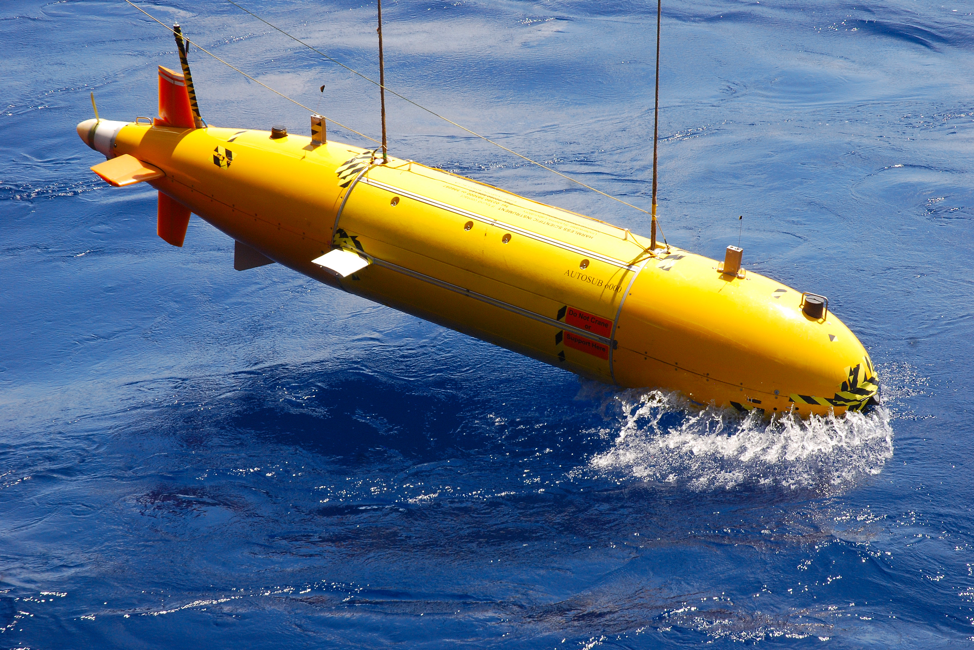12.01.2021
Little risk of CO₂ migration
Before CO2 is injected into a reservoir, its ability to keep the gas will be carefully examined. There is broad agreement in the research community that the risk of migration from well-known geological structures, is little. However, it’s important to control the factors that impact the storage ability.

Secure storage
THERE IS A HIGH DEGREE of certainty that the first structures selected for storage, are impermeable. However, for CCS to be an effective way of curbing climate change, a large number of storage locations are needed. So with time, it will be necessary to store CO2 in less optimal formations.
“The risk of storing CO2 will still be very small – and dramatically smaller than not doing so. After all, a major part of the CO2 we release to the atmosphere ends up in the oceans. However, we want to be as certain as we possibly can, and achieve a better understanding of what could happen in the ocean if CO2 should seep out,” says project coordinator Guttorm Alendal at the University of Bergen.
The MayMoDo project
The BayMoDe project has contributed to developing methodologies for understanding such events better. The project has been conducted in close cooperation with a major EU project, STEMM-CCS, and builds on a previous project, ECO2.
“In BayMoDe we are not investigating the risks of migration of the stored CO2, but only scenarios where CO2 travels through the seabed into the water column,” says Alendal. “In such a scenario, CO2 will either percolate through the seabed in the form of bubbles or already be dissolved in the sea water within the seafloor sediments. Through several projects, we have developed mathematical tools that simulate how the CO2 will be transported.”
This knowledge is necessary to design environmental monitoring programs and to assess risks associated with large-scale offshore storage of CO2.
Limited consequences of emissions
In a hypothetical case where CO2 escapes in pure form in the North Sea, it will be in the form of gas bubbles through the seabed. The bubbles will ascend through the water column and rapidly dissolve in the water, and be transported by the local water bodies. Increased CO2 content causes acidification, with possible environmental consequences. However, this impact will rapidly subside as we move away from the source. Because of the shifting current conditions, e.g. tide and local small-scale variability, the signal of the seep will soon be hidden within the natural variability.
“Our estimates show that the consequences of these types of seeps will be limited. In the rare instance that this should occur, the result could be acidification of an area similar to a football field in extension. Still, some areas are more vulnerable than others, for example breeding grounds or coral reefs,” says Alendal.
Measurement programme
A monitoring programme gives a better overview over the factors that impact the marine environment. As an example, the ongoing net transport of CO2 from the atmosphere causing acidification of the biologically most productive surface layer, is an often under-communicated consequence of increased atmospheric CO2 concentration.
In fact, an effective programme for measurement dovetails with UN’s sustainability goals, especially SDG14 life under water, through co- operation with other marine monitoring programs. Often, the SDG13 climate measures is used as the only argument for implementing large-scale storage of CO2.
Because CO2 exists naturally in the ocean, and the concentration fluctuates according to time and space, it’s a challenge to separate the signals of releases from the natural variability in CO2 concentration. BayMoDe has contri buted to the development of methods to design measurement programmes that quantify and reduce the probability of false alarms.
Mathematical models
The methods are based on simulations of transport in the water masses using mathematical models, so-called ocean circulation models. These models are being used in many contexts, for instance it has been used for climatological simulations in the North Sea from the 70’s and onward, and they are used by weather services to produce ocean forecasts. A hypothetical source is added, and transport and dilution of the CO2 signal are simulated and these prediction are subsequently used in simplified and statistical models.
“We have focused on identifying methods for modelling a probable footprint of a migration, by combining measurement statistics, mathematical modelling and Bayesian probability estimations,” says Alendal.
The results of BayMoDe will be developed further in new projects. For instance, a web-based software is being developed in a recently started ACT-financed project, ACTOM.
Facts about the project
Bayesian Monitoring Design (BayMoDe)
Project owner: University of Bergen
Project period: 2016–2020
Total budget: 9.3 MNOK
Support from CLIMIT: 6.6 MNOK
Partners: NORCE, Plymouth Marine Laboratory and Heriot-Watt University
